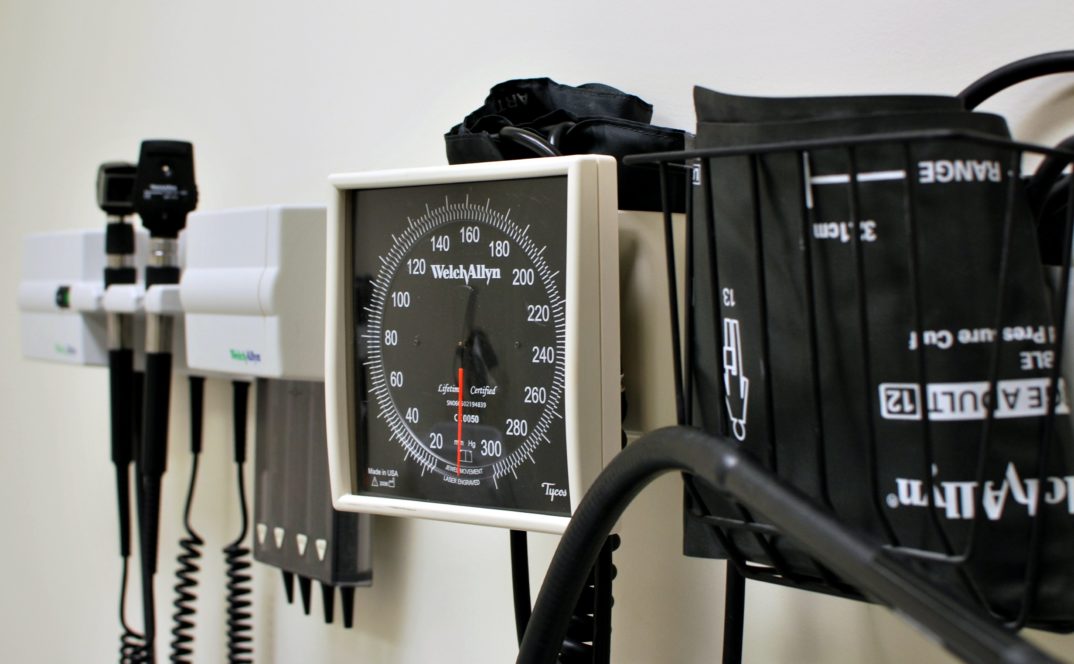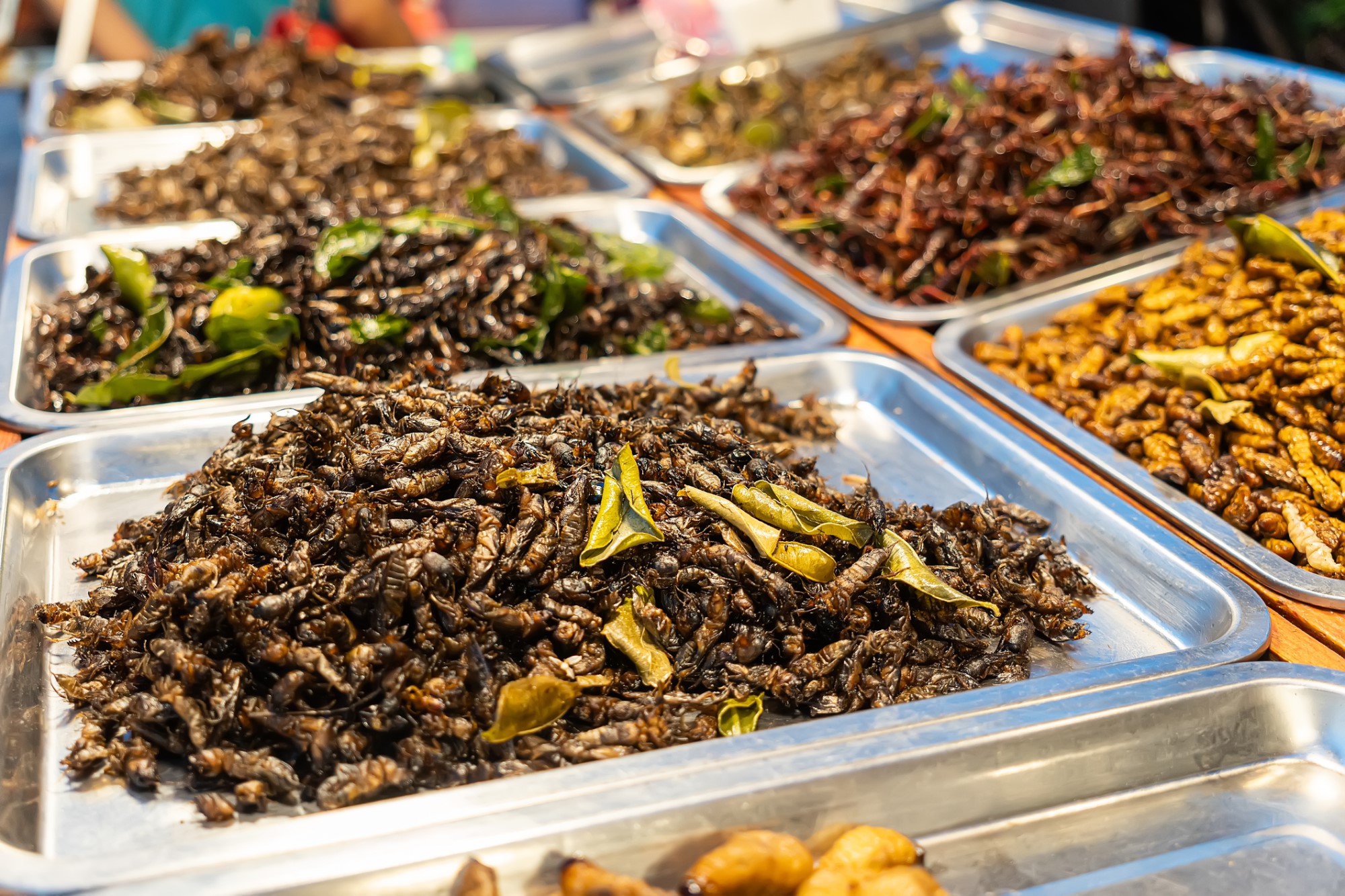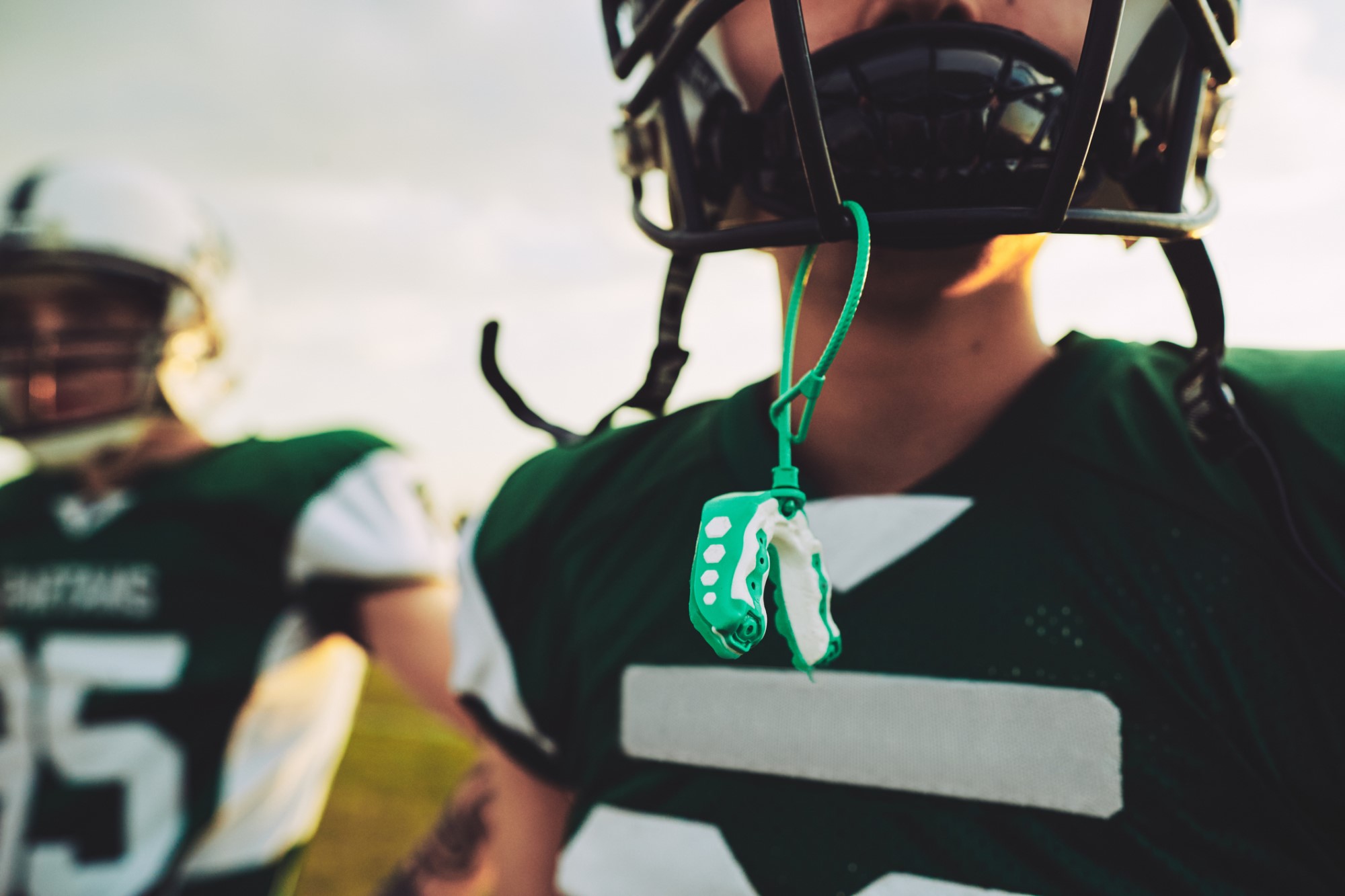The Ethics of Regulating Sperm Donation
With advances in reproductive technology, there are more options than ever to procreate. One of those options is via donor insemination. It is estimated that 30,000-60,000 children are born per year using sperm donors. Currently the US operates on voluntary action for donors and regulation of these registries. This means that donors can donate in anonymity. Mothers of donor children are not required to report their birth to the sperm bank births from the donation and it is estimated that only 20-40 percent of mothers actually report. The site donorsibblingregistry.com has serves as a record for the resulting children to connect to donors, donor-siblings, and donor-conceived people.
Through this site, people have found that the numbers of half-brothers and siblings is infinite in possibilities. Kianni Arroyo, a 21-year-old from Orlando, recently has made it her mission to meet all 44 of her half siblings that she has been able to connect with through these sites. Arroyo is not alone in this “donor-sibling” family — in fact, one of the largest donor-families to date has been around 200 relations. Through the Instagram account, @donor_siblings, Arroyo has been tracking her journey to meet all of her extended “DNA-in-law” family members. Her donor number, #2757, is thought to have been used successfully for 29 girls and 16 boys. Arroyo describes her relations with her donor-siblings as, “We have a connection. It’s hard to explain, but it’s there.” Her journey is important because it reveals the problems about the current anonymous donor system that the registries operate on.
Last month, a petition was created that requested the FDA to look into creating regulations for the sperm donation industry. Its goals were to establish guidelines limiting the amount of births per donor and requiring reports on donor-conceived births with post-conception medical updates. The FDA’s current mission is only to screen donors for possible communicable diseases, and so it denied the petition. However, individual states have began taking steps to create guidelines that regulate registries and clinics similar to what this petition asked for.
Washington and Vermont became one of the first states that require clinics to disclose donors medical history to resulting children. The US in general has less sperm donation laws limiting the offspring per donor then other countries. The current standard is “no limit; recommended 25 offspring per population of 800,000”. Other countries like Germany, Spain, and France for example, limit donors to give to 15 offspring or less. In some countries like Britain and New Zealand it is limited to 10 donations to families, which means the number of resulting offspring is even less. Families of donor insemination are demanding change to the US current laws concerning the sperm donation industry.
There are ethical ramifications of government issued regulation with sperm or egg donations. With the current anonymous system, it protects the privacy of the donors. There is no government pressure of mandating procreation. The decisions for insemination is solely with the autonomy of the family to choose what donor they want. These voluntary guidelines protect the privacy of the donors and the right to procreate. It is also possible that with more regulation that donors would be less likely to donate sperm. This could mean that there would be fewer options of insemination for families which limits the possibility of conception for many.
However, resulting children of donor insemination could be left without crucial information about their genetic background. Because donations can be anonymous, they cannot be contacted for medical history if needed. It is possible for donors to falsify educational backgrounds or illnesses, leading to grave consequences for resulting children. If an anonymous donor omits information about a known heritable disease, this would be violating the families autonomy in their donor-choosing process.There have even been cases in the past of doctors using their own sperm, instead that of the chosen donors, without permission.
If the system continues as is, there is a risk of lessening genetic variation in a community. Human conception in its most natural form has the result of only a few offspring. One could argue that as humans, we are not structurally meant to spread our DNA to the next generation to more than a few children. The donor registry is violating this natural phenomenon by sending the same sperm to an unlimited amount of families who request it. These possible long-term effects are unseen but could decrease the genetic variation in an area. There is also the increased risk of accidental incest. People talk about sharing donor numbers in order to avoid this.
These anonymously donated sperm could go to many parts of the world. Families have been able to find each other through connecting on websites like donorsiblingregistry.com however that could be excluding those without access or knowledge of the site. While it is currently next to impossible to track the number of actual donor-siblings, the question is whose responsibility is it to change the system? When will a level of regulation from the government be okay and when will it be overstepping for the privacy and rights of the citizens?





